Education in the Old West
Education in the Old West
.
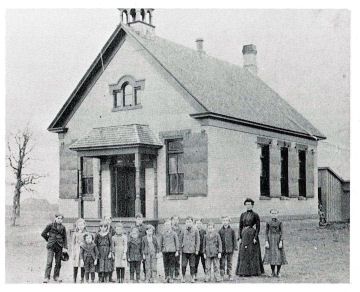
Cool old school house, 1878. Courtesy of Pinterest.
.
Nine Facts about Old West Education
.
1. Most 19th century schooling was done in One Room Schoolhouses, where older pupils assisted the teacher by passing along what they’d learned to younger students.
.
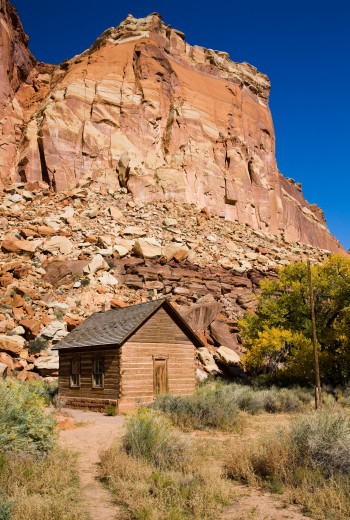
Early wood pioneer one room schoolhouse in the desert of Capitol Reef National Park, southeast Utah
.
2. By the year 1870, all states had free elementary schools. The US population had one of the highest literacy rates at the time.
.
3. Private academies flourished in the towns across the country, but rural areas (where most people lived) had few schools before the 1880s, so most children were schooled in basics at home.
.
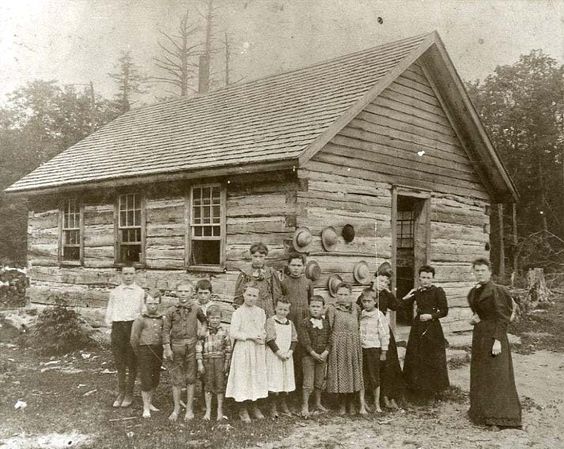
Image: Teacher with her students outside a log one-room schoolhouse. Image courtesy of Pinterest.
.
4. In 1880, American high schools were preparatory academies for colleges, and only those bound for higher education attended. 7% of youths aged 14 to 17 were enrolled in 1890 (a staggering percentage were in New England states) rising to 32% in 1920. As late as 1940, only 50% of American young adults had earned a high school diploma.
.
5. In 1821, Boston started the first public high school in the United States. By the close of the 19th century, public secondary schools began to outnumber private ones.
.
For the rest of the story, see this page.
.
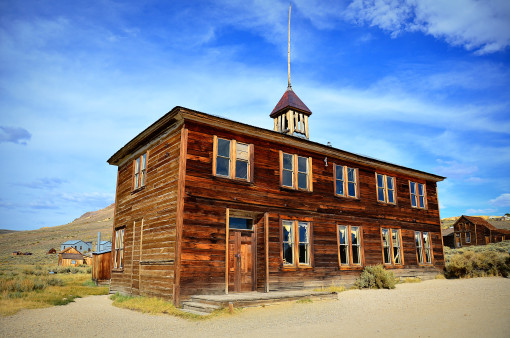
Bodie, California Schoolhouse. In 1876, the Standard Company discovered a profitable deposit of gold-bearing ore, which transformed Bodie from an isolated mining camp comprising a few prospectors and company employees to a Wild West boomtown. Rich discoveries in the adjacent Bodie Mine during 1878 attracted even more hopeful people. By 1879, Bodie had a population of approximately 5000 to 7000 people and around 2,000 buildings. One idea maintains that in 1880, Bodie was California’s second or third largest city. Bodie boomed from late 1877 through mid- to late 1880. ARCHITECTURAL STYLE: Southwestern U.S. frontier-style, late-19th to early-20th century.
Source for Bodie Schoolhouse label
.
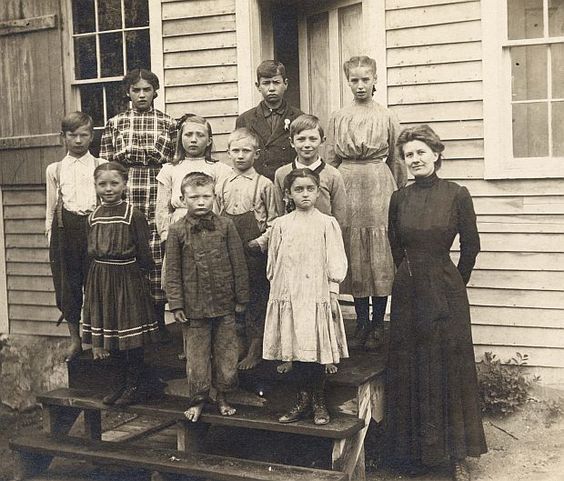
One Room Schoolhouse, photo of children and teacher on school steps. Image courtesy of Pinterest.
.
6. The national illiteracy rate shrank from 20% in 1870 to less than 3% in 1940. Even those born in the Wild West were learning to read and write.
.
7. Parents often taught their children at home the most basic skills: reading, writing (which are two very different things), and ciphering (arithmetic). Often the only book available to teach little ones to read was the family Bible.
.
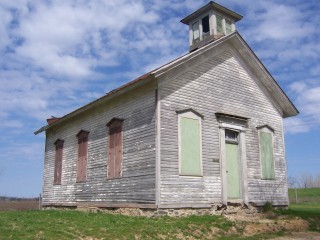
19th Century Country Schoolhouse
.
8. In highly rural areas, schooling was deemed of secondary importance at times of planting, harvest, and other daylight-exhaustive work. Learning to read could wait for the long, cold days of winter.
.
9. Teachers in the early decades of the 19th century were usually men. From mid-century on, most One Room Schoolhouse teachers were women, often required to teach upward of 60 students alone. While paid appreciably less than males, women welcomed the escape from a life of drab labor, isolation or frivolity. Teaching gave women a window onto a wider world of ideas, politics and public usefulness.
.
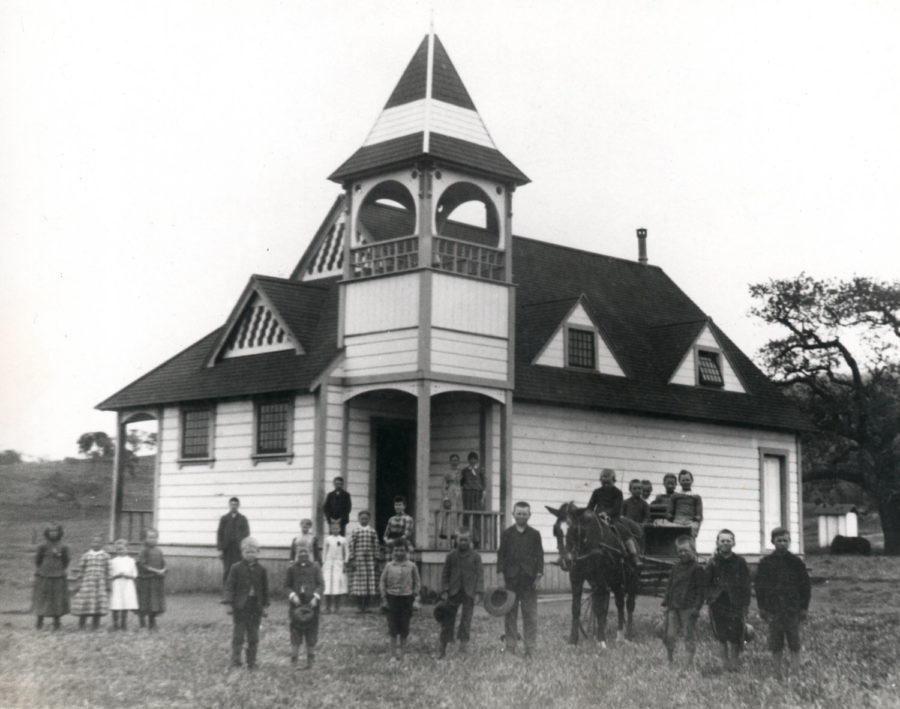
Timber School of Newbury Park, California, 1890s. Image: Public Domain, courtesy of Wikipedia. Timber school located on the south east corner of Kelley road and Newbury road. It was built around the late 1880‘s. Children are standing in front of the school.
.
God seems to have made woman peculiarly suited to guide and develop the infant mind, and it seems…very poor policy to pay a man 20 or 22 dollars a month, for teaching children the ABCs, when a female could do the work more successfully at one third of the price.
— Littleton School Committee, Littleton, Massachusetts, 1849
.
.
Related Articles
.
.
Updated September 2021
Copyright © 2015 Kristin Holt LC
Education in the Old West

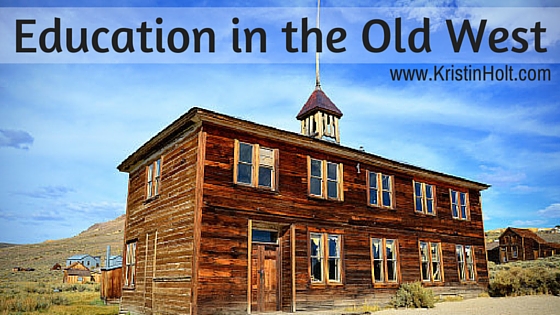
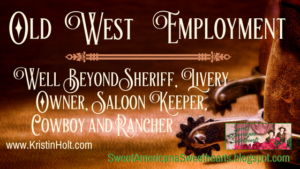
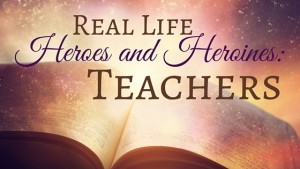
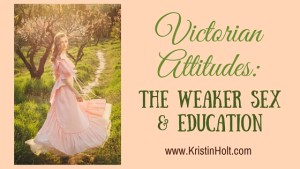
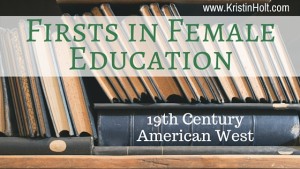
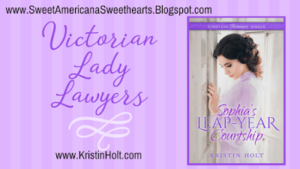
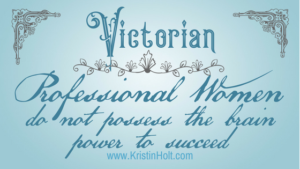
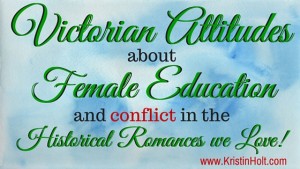
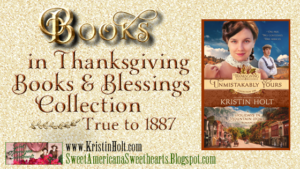
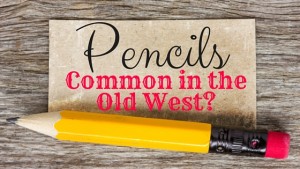
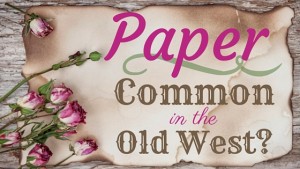

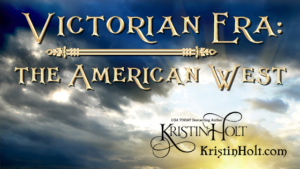








Very interesting.
In the 1850s through 1880s, what was the typical age of the women who were teachers?
Hi Ina,
Thanks for stopping by and asking this question about ages of female teachers. I’ve not (yet) researched that topic, though I know what fiction writers have portrayed. Everything from Laura Ingalls Wilder as a young teacher to various fiction novels. On the earlier end of your time-span (1850s), education went through the 8th grade, and only then for those who could be spared from the work at home.
Good luck with your research!
Kristin
Do you have a source for this quote?
God seems to have made woman peculiarly suited to guide and develop the infant mind, and it seems…very poor policy to pay a man 20 or 22 dollars a month, for teaching children the ABCs, when a female could do the work more successfully at one third of the price.
— Littleton School Committee, Littleton, Massachusetts, 1849
Hi Gabrielle–
How I wish I’d documented this source. I’ve checked my files and can’t find the original documentation. If you locate it, let me know, please, and I’ll include the link here for others.
Best,
Kristin